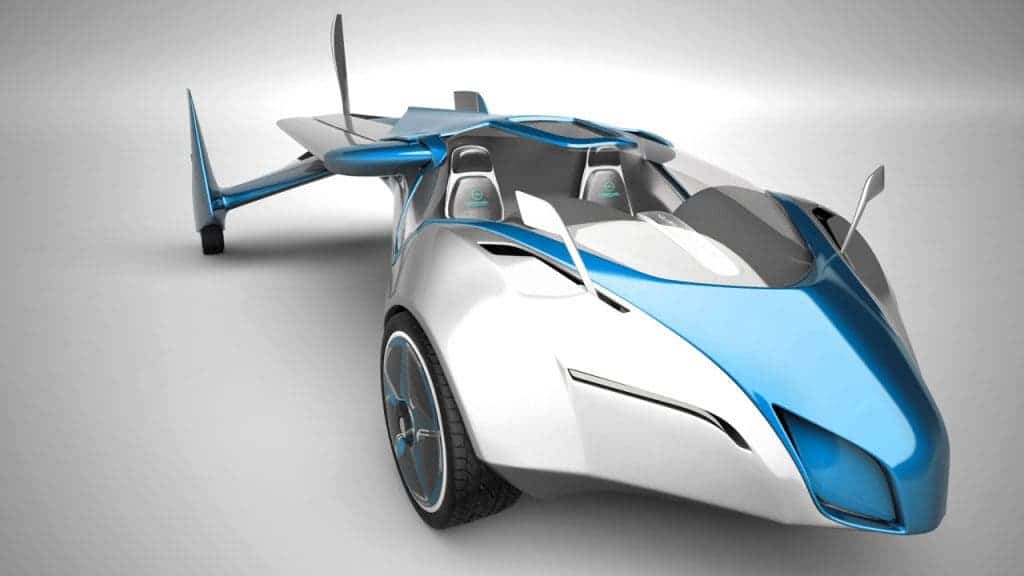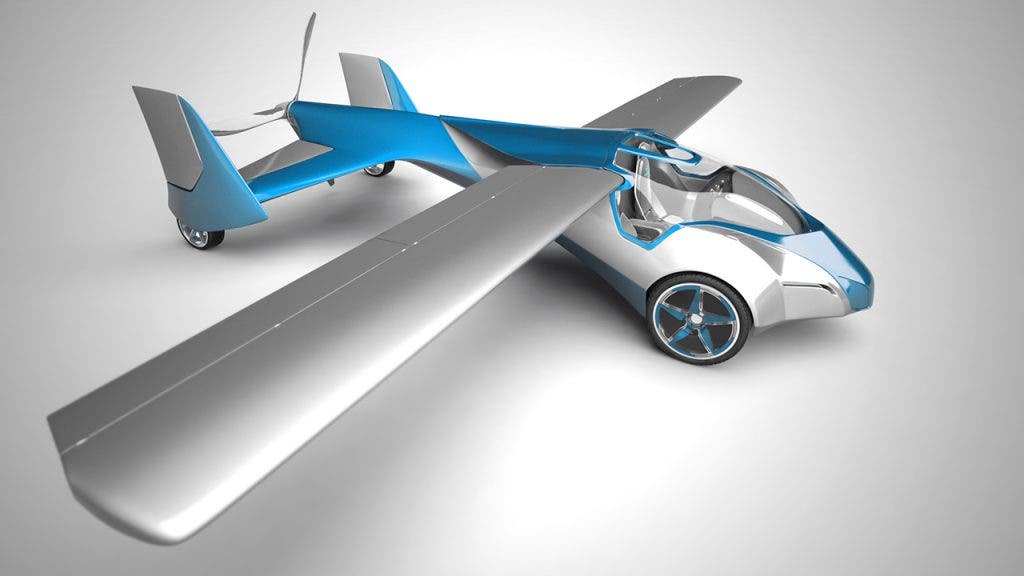Merging road cars with airplanes into a two-in-one purpose vehicle may seem like a SciFi endeavor, but how truly crazy is this idea? Although we’re far from seeing people hovering to work in a Jetson’s-like craft or mid-air traffic jams like in the Fifth Element, some people believe street-legal cars that can both run on the road and fly represent an emerging market. Today the market for such initiatives is practically zero, but in the following decades things may change. For instance, we’ve already seen some very interesting working ideas, like the Terrafugia and PAL-V. The latest to join them is the Aeromobil 2.5 , the culmination of Štefan Klein’s decades worth of work.
Klein is the co-founder of Aeromobil and the company’s chief designer. He has worked before on projects for Audi, BMW and Volkswagen at the Academy of Fine Arts and Design in Bratislava, Slovakia. His latest creation, a prototype of the Aeromobil 2.5 recently took off from a Slovakian airport.
The car or airplane, whatever you want to call it for now, sports a Rotax 912 engine that helps it go 124 mph and a range of 430 miles, weighs 992 pounds or less than a Ford Fiesta, and features an aerodynamic design to help with lift. When on the road, the Aeromobil looks like a rocket on wheels, but when in air-mode the vehicle folds its wings and is able to generate lift required to fly as demonstrated in the video below.
It’s important to note that the Aeromobil runs on conventional fuel, so it can be re-fueled at any gas station. Combined with its compact size and mass, the Aeromobil is indistinguishable on the street, apart from its weird shape and the fact that it can fly…
At the moment, the company is looking for investors and partners, but what kind of market is there? Klein is obviously an innovator and forward thinker, but isn’t he too ahead? It may take a long while before such vehicles are deemed air worthy, and are granted the necessary permits to both fly and drive on the street like any other regular car. The Aeromobil and other similar projects need to start from someplace, and we’re definitely following their progress with great interest.











